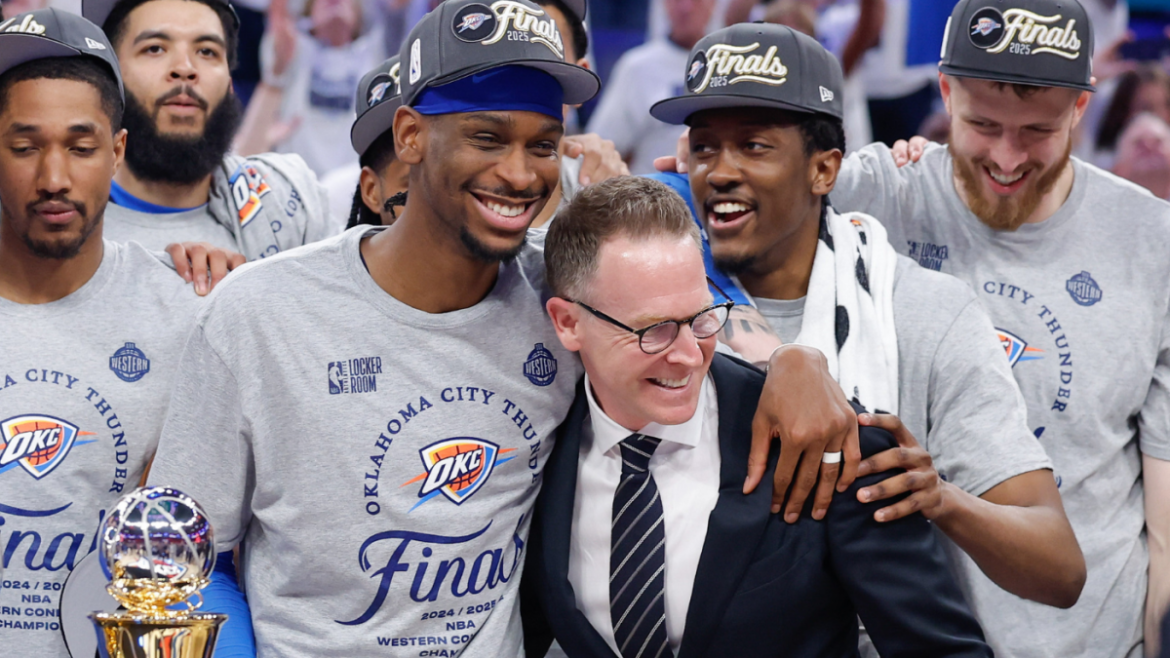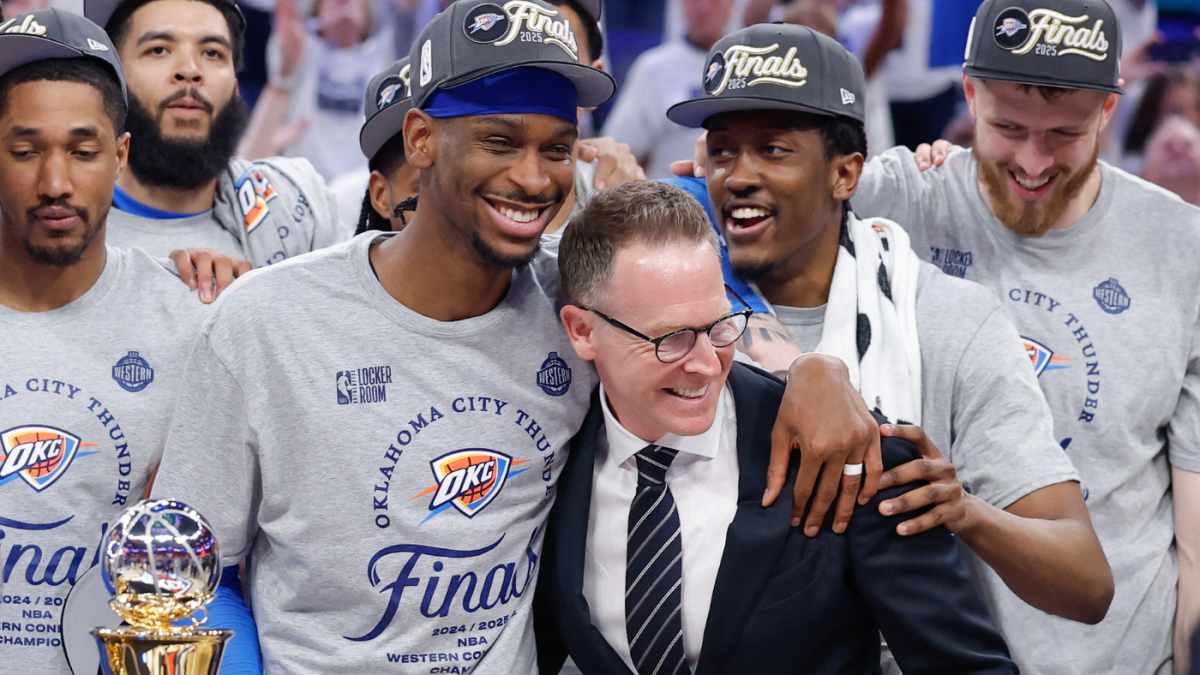The NBA has long been a league where physical prowess and athletic dominance define success. However, in recent years, the frequency and severity of player injuries have become a growing concern, sparking debates about the sustainability of the game’s current pace and demands. Sam Presti, the general manager of the Oklahoma City Thunder, has emerged as a vocal advocate for addressing these issues, offering a perspective that bridges the gap between player health and organizational strategy. His insights highlight not just the immediate impact of injuries but also their long-term implications for the league.
The modern NBA is a far cry from the game of a decade ago. The pace, physicality, and intensity have all escalated, creating an environment where players are pushed to their limits. Sam Presti has noted that “playing one NBA game today is almost like playing two a decade ago.” This statement underscores the increased physical toll on athletes, who now face a higher risk of injury due to the relentless demands of the game. The data supports this observation. Player tracking technology reveals that athletes cover more ground, engage in more high-impact plays, and frequently endure back-to-back games with minimal rest. The compressed schedules, particularly during the regular season, exacerbate these factors, leading to cumulative fatigue and a higher likelihood of serious injuries.
One of the most alarming trends in recent years has been the rise in Achilles tendon ruptures. These injuries are particularly devastating, often ending or drastically altering careers. Sam Presti has been candid about the severity of these injuries, stating that excluding Kevin Durant—who made a remarkable comeback—very few players return to their pre-injury performance levels after such trauma. His frank stance is not about assigning blame but about acknowledging the reality of these injuries. This perspective is crucial because it shifts the conversation away from negligence towards seeking solutions that prioritize player health and sustainable careers. The psychological and physical toll of such injuries cannot be overstated, and the league must take proactive steps to mitigate these risks.
The implications of these injuries extend beyond the medical and player wellness arenas. As a general manager, Sam Presti must navigate the delicate balance between winning now and ensuring the longevity of his roster. The NBA’s broader structure—scheduling, recovery protocols, and player workload monitoring—comes into focus when considering the impact of injuries. When a GM of Presti’s stature emphasizes the gravity of injuries, it pressures stakeholders to rethink policies that may contribute to chronic issues. The league cannot simply ignore these trends or assume they are an unavoidable part of the game. Instead, a proactive, collaborative approach involving athletic trainers, medical professionals, team executives, and league officials is needed to address these challenges effectively.
Effective management involves recognizing the signals of fatigue, advocating for judicious rest periods, and utilizing medical advances in prevention and rehabilitation. Sam Presti’s career as a GM is distinguished not only by his ability to build competitive teams but also by managing the health and progression of talent. His experience drafting and developing MVP-caliber players like Kevin Durant, Russell Westbrook, and James Harden has given him unique insights into how injuries can stall or derail promising careers. Presti’s acknowledgment of the injury challenge demonstrates a broader responsibility that front offices must embrace—viewing player health as integral to team success, not just a medical issue.
Addressing the injury problem requires structural changes. Several routes could be explored to mitigate these risks. First, revising scheduling to limit back-to-back games and easing travel burdens can provide players with better recovery windows. Second, implementing standardized health monitoring and recovery practices across all teams can ensure consistency in care and prevention. Third, investing in biomechanical and physiological research can help understand injury mechanisms better, leading to more effective prevention strategies. Finally, educating players about the signs of overuse and the importance of preventive care can empower them to take an active role in their health.
Sam Presti’s comments serve as a catalyst for this dialogue, elevating the urgency for systemic reforms. His perspective offers a vital lens for stakeholders aiming to balance excellence on the court with responsible stewardship of athlete health. The NBA must confront these challenges head-on to sustain the sport’s competitive integrity and the well-being of those who play it. By acknowledging the severity of injuries and taking proactive steps to address them, the league can ensure that the game remains a showcase of athletic prowess while prioritizing the health and longevity of its players.





